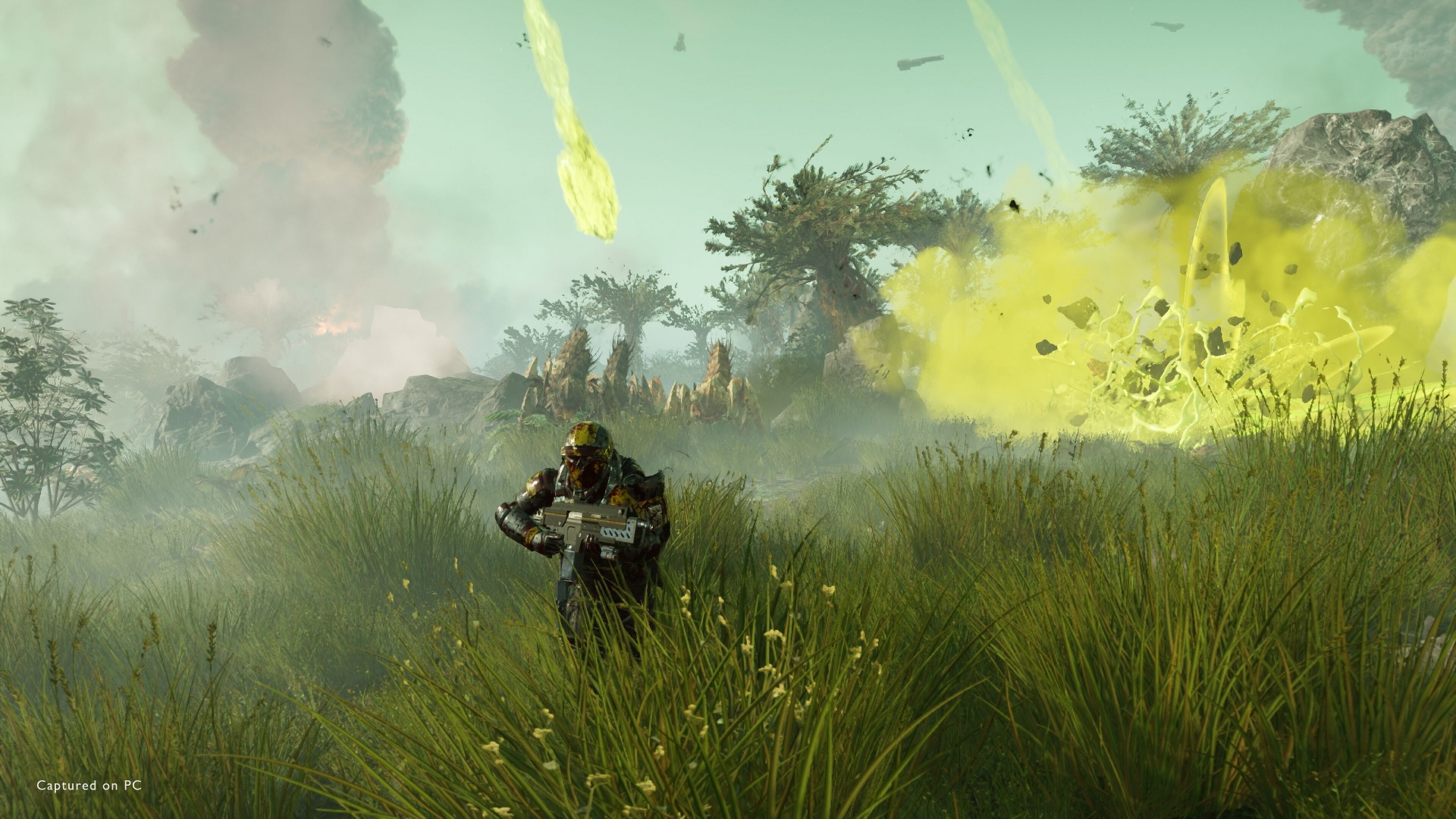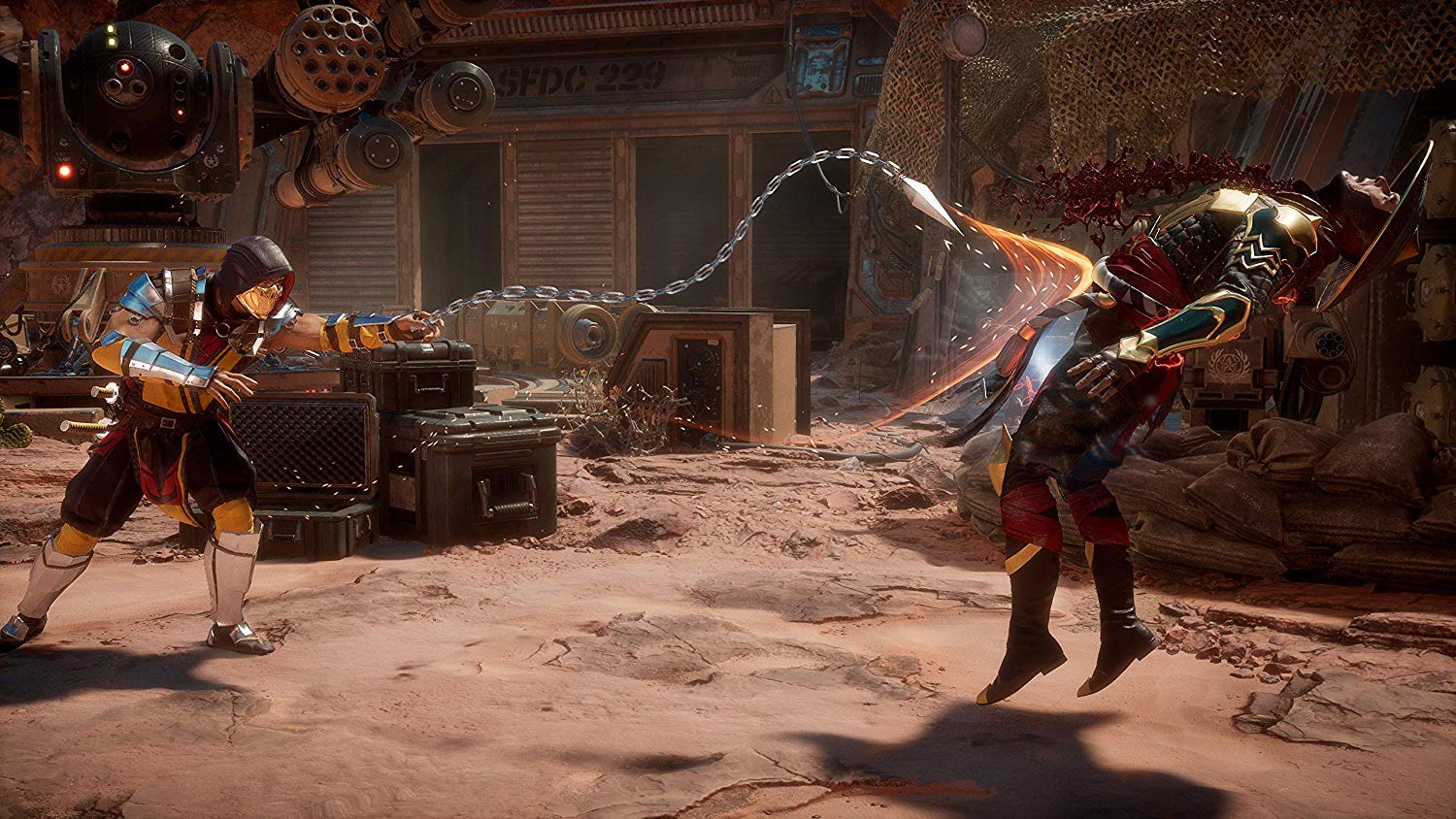The Havok Physics engine is making a pitch to developers in 2025; my bingo card was way off
Not only was I wrong to think this tech had long since been forgotten, but it's continuously improving.

Games like Tony Hawk's Proving Ground, Titanfall, Far Cry 2, Army of Two, and others represented my youth and early adulthood. The Havok physics engine was behind all those fond memories, powering the destruction of my hopes and dreams on screen and culminating in Newtonian masterpieces like Red Faction, Super Smash Bros. Brawl, and Portal 2. For the first time in years, they're marketing again!
I had all but forgotten about Havok. That was until I came across a post on Reddit referencing an article by PC Gamer. For some reason, I assumed the company had perished into the folds of Microsoft after they bought it in 2015. The last I heard of the physics engine was that it was still being used in Starfield. I let the thought pass because, like other wary gamers, I assumed it was an age-old artifact of Bethesda's Gamebryo engine that had carried into the Creation engine. I was sizably mistaken.
In the above video, Havok demonstrates unlimited destruction in the same way I imagine Red Faction: Guerilla still looks to this day (the remaster does). It's a simple, straightforward video, but it does the trick. The destruction is displayed in real time, and what it accomplishes is breathtaking.
Detailed cave ceilings break apart into a thousand real-time pieces. Walls explode in accordance with the power of the ordinance. Skulls are skewered by uplifting floor spears. The power of Sir Isaac Newton's greatest discovery is fully employed throughout the scenes. It all led me to the singular thought, "More games need to use this." Guess what? They do!
Havok products, like its physics, cloth, and navigation systems, are still used for numerous games like Helldivers 2, Destiny 2, Death Stranding, Doom Eternal, Final Fantasy XVI, Mortal Kombat 1, and more. The complete list of modern games displayed on their website is impressive, with each title getting a head nod from me, followed by the statement, "Ah, that explains some of the extra polish."
Games like Snowrunner detail just how powerful the Havok Physics engine is. Where it not only shines but carries the entire experience. Drenched tires with a heavy-dragging load are bogged down by an underflow of snow beneath the trailer, all powered by a much improved, decades-old engine addon.
Writing this article proves that this marketing push they decided to make after a decade of absence worked, at least to a small degree. I'd love to see more games implement physics-based gameplay similar to titles like Helldivers 2, Demon Souls, and WWE 2K24. It's something that's long been missing at the front of gaming.
With stagnating sales, now is the perfect time to make a new pitch using the improved technology of yesterday that carried the market to where it is today. I still see gamers weekly who praise the gameplay of the latest Zelda titles, all powered by Havok. Hey, developers, want some easy wins?
All the latest news, reviews, and guides for Windows and Xbox diehards.
How about you? Did you know Havok was still being wildly used? Would you like to see more games find fun and unique ways to implement Havok Physics? Let us know below in the comments or on social media. I'd love to hear what you have to say.

Michael has been gaming since he was five when his mother first bought a Super Nintendo from Blockbuster. Having written for a now-defunct website in the past, he's joined Windows Central as a contributor to spreading his 30+ years of love for gaming with everyone he can. His favorites include Red Dead Redemption, all the way to the controversial Dark Souls 2.



